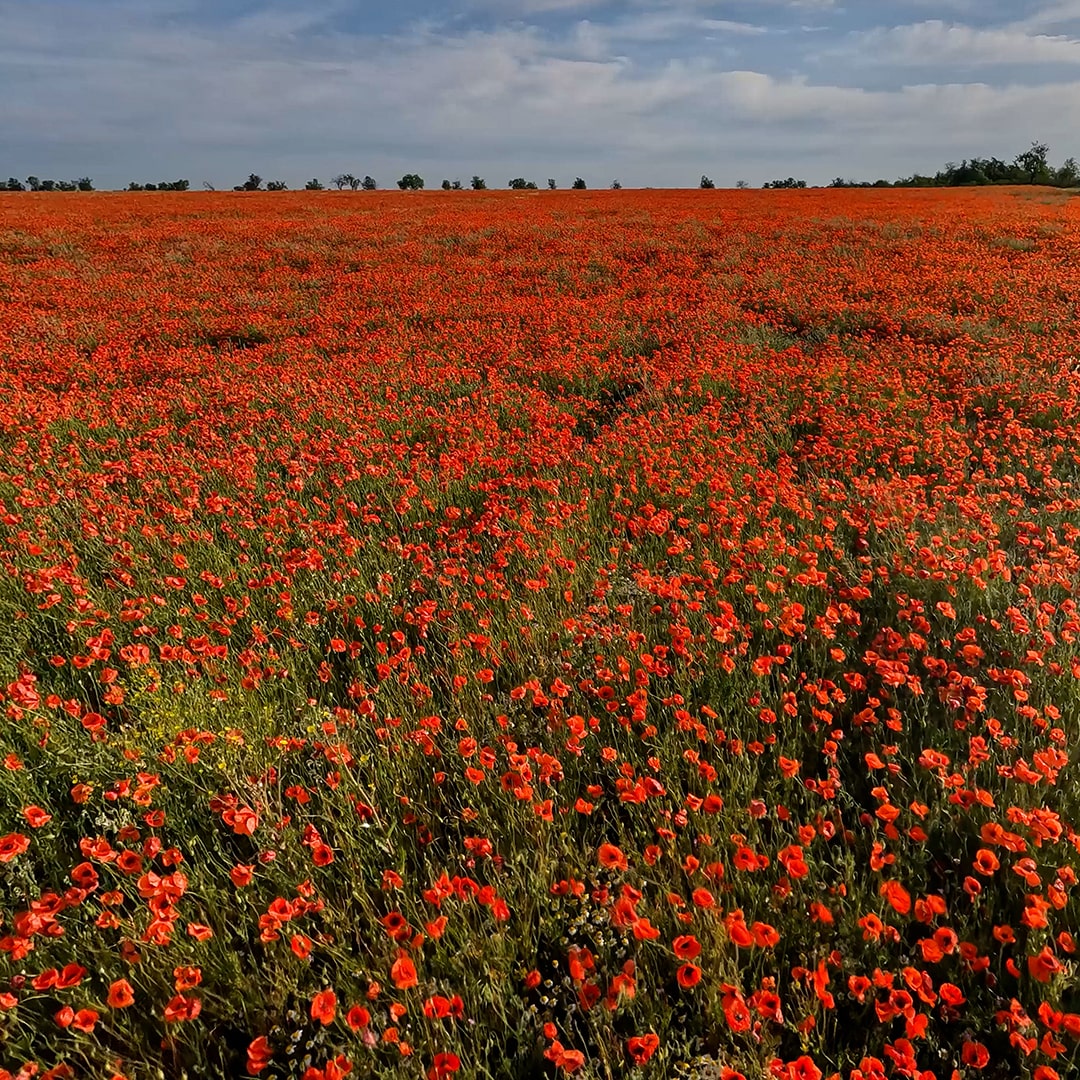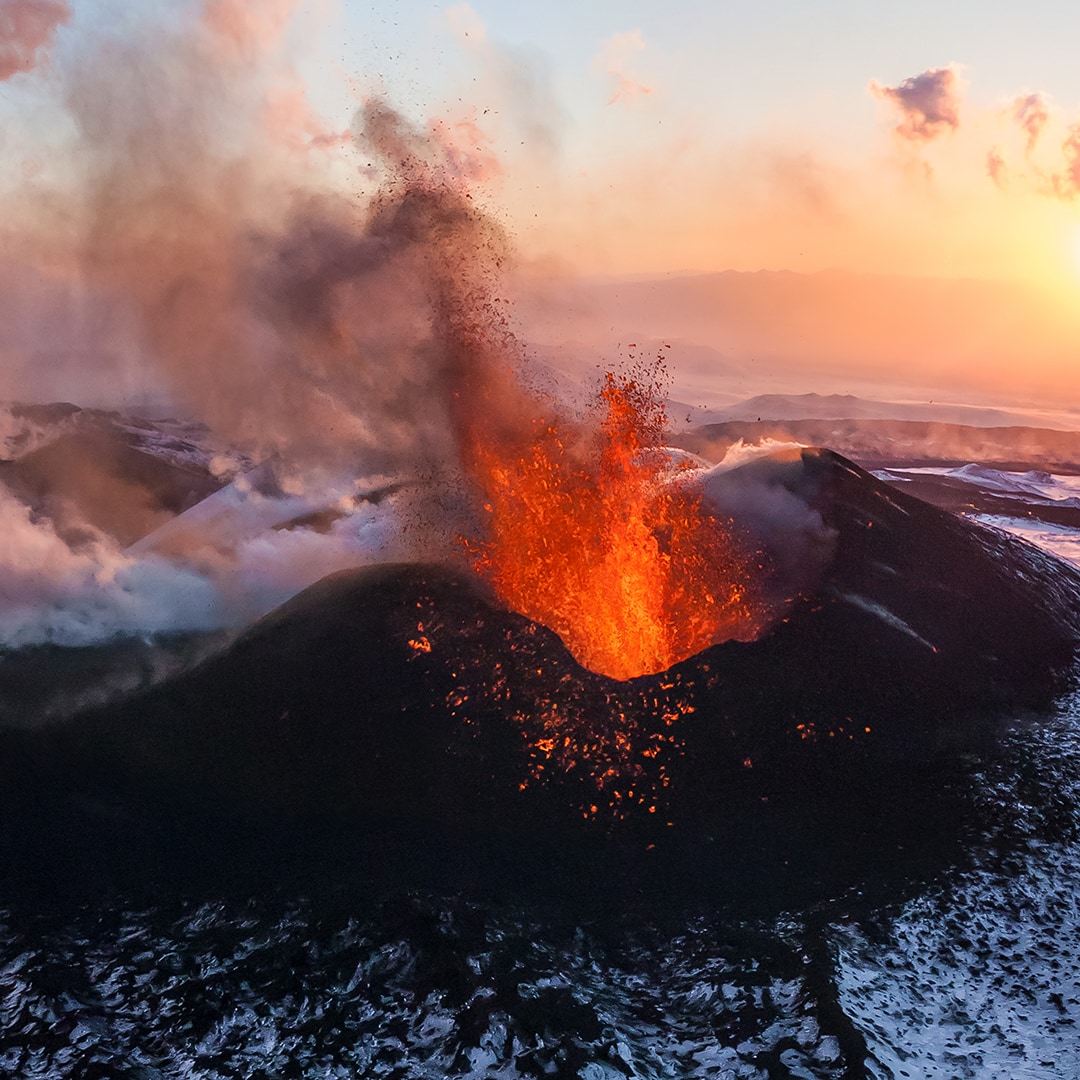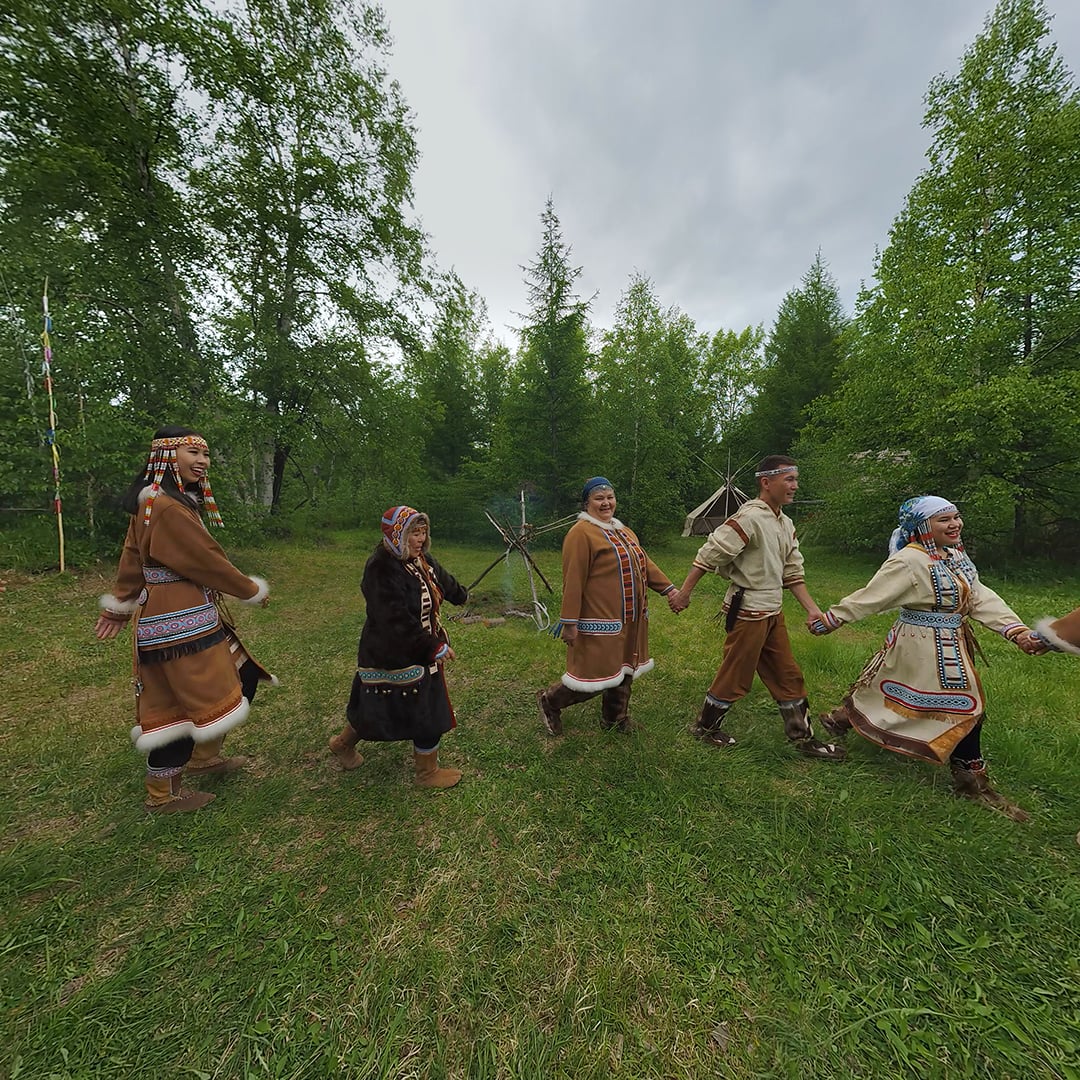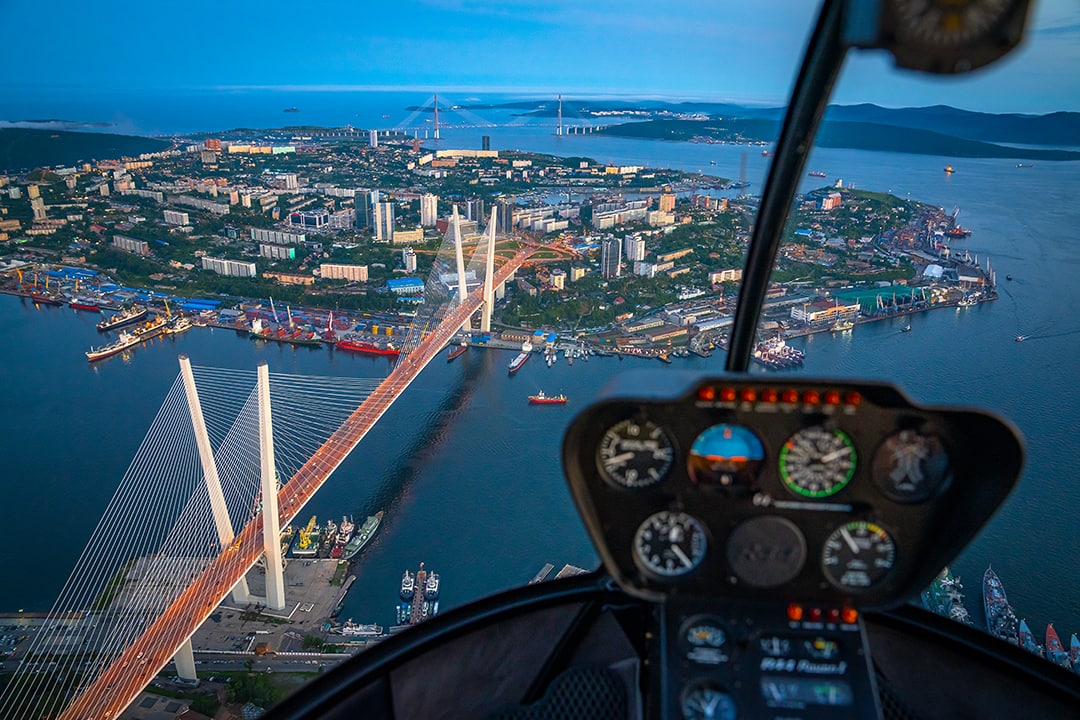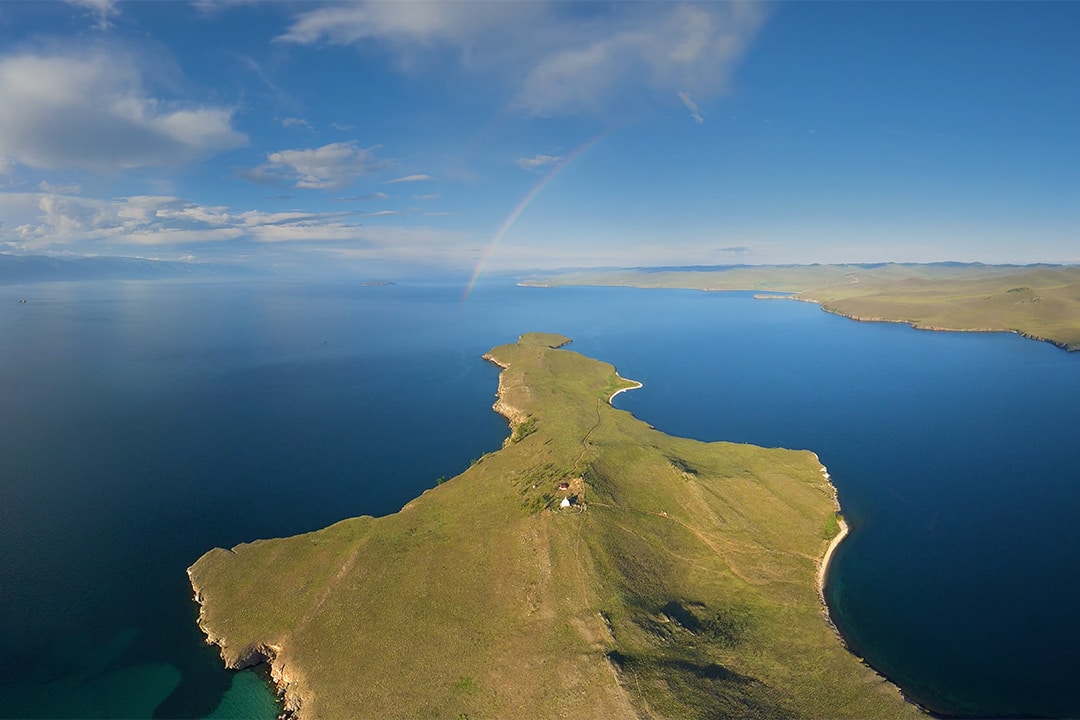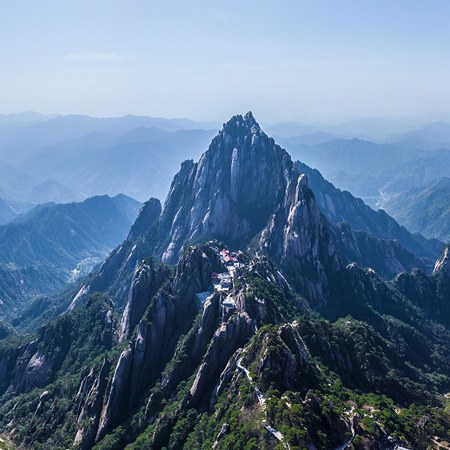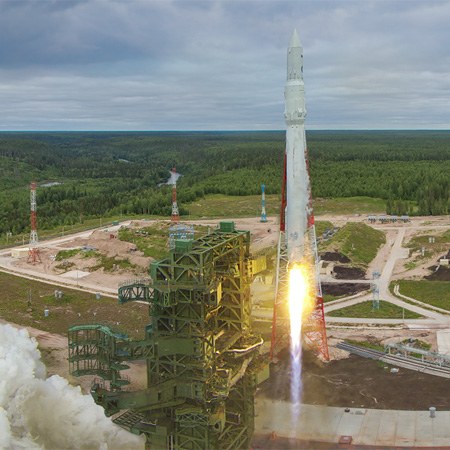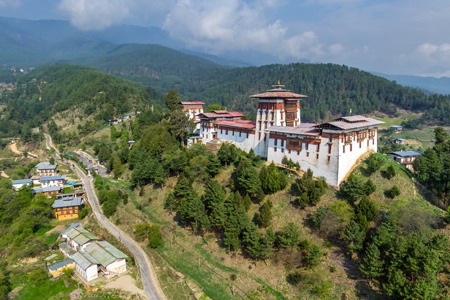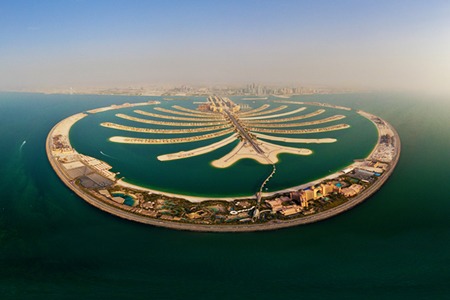Golden Ring of Russia
Eight cities located northeast of Moscow are united into a sightseeing tour called "the Golden Ring of Russia". Sergiev Posad, Pereslavl-Zalessky, Rostov Veliky (the Great), Yaroslavl, Kostroma, Suzdal, Vladimir and Ivanovo - all these cities, each one having different history, managed to preserve many great monuments, which are precious not only to Russian, but to the world's culture as well.
The appearance of Sergiev Posad can describe several chapters of the Russian history. The Mongol invasion of Ancient Russia, Andrey Rublev and Dmitry Donskoy, the fight of Peresvet against Chelubei, Minin and Pozharsky, Peter the Great and Savva Mamontov - all these legendary names and events in some way are associated with Sergiev Posad. The main site - the Trinity Lavra of St. Sergius - is one of the largest monasteries in Russia, the center of the religious enlightenment and one of the most worshiped places today, just as it was centuries ago.

Pereslavl-Zalessky was the actual capital of the Northeast Russia in the 13th century. The Cathedral of the Transfiguration of the Saviour in Pereslavl's Kremlin, built in between 1152 and 1157, is the most ancient and the only church among the first five white stone churches that has remained practically intact. The overall number of the monasteries is six with four of them still functioning, and there are nine churches in the city.

As for Rostov, there is a reason why it has received the status "the Great" ("Veliky"): for many centuries it had been the main religious center of Russia. The heart of the city - the famous Kremlin of Rostov - was built in the end of the 17th century with a design to create "the heaven in full accordance with the Biblical description". As a result, a marvelous architectural ensemble appeared in the city - "Paradise garden" surrounded by overarched towers and a fortified wall. In the western district of Rostov, on the bank of Lake Nero, there is the Monastery of St. Jacob Saviour which represents the combination of different styles: Classicism, Baroque and Pseudo Gothic style. The special pride of Rostov is its stone and wooden building constructions of the 18th-20th centuries.

Yaroslavl is one of the first Russian cities that had appeared on the banks of Volga River. The first mention is dated 1071. Now there are 140 architectural monuments on the territory of its historical center: not only the Kremlin, monasteries and churches draw visitors' attention, but some common apartment buildings are not of the less interest. The historical center of Yaroslavl was inscribed onto the list of UNESCO World Heritage Sites for being "a unique example of urban development influenced by the Municipal Planning Reform in Russia of Empress Catherine the Great in 1763".

The most significant landmarks of Kostroma are the Holy Trinity Ipatyevsky Monastery and the Theophany Convent, founded in the 14th-15th centuries. The city itself, in the same way as Yaroslavl, was built according to the general site plan approved by Catherine the Great, and many historical buildings have remained till nowadays. The modern Kostroma is the unique monument of the Russian town-planning of the 16th-19th centuries.

The unique feature of Suzdal is the great amount of churches on the territory of the city. Thus, only on the Trade Square there are six temples; and the overall number of cathedrals in the city is more than several dozens. The Kremlin, five monasteries and other monuments of the traditional Russian wooden architecture of the 18th-19th centuries, such as churches, houses, windmills - all it makes Suzdal a kind of a museum in the open air. In order not to spoil the look of the architectural ensemble, it is forbidden to create high buildings here.
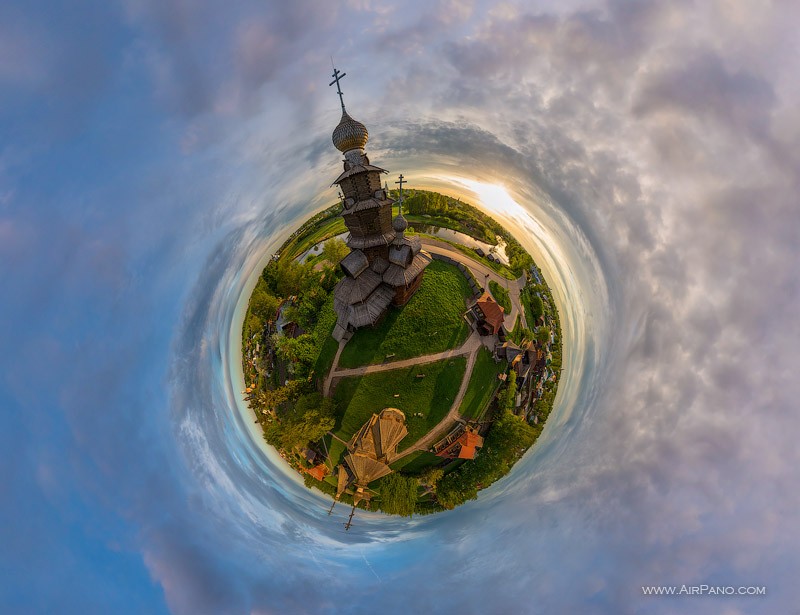
The main history chapters of Vladimir were "created" by the great Russian Knyazes Vladimir Monomakh (end of the 11th - beginning of the 12th centuries), Andrey Bogolyubsky (the 12th century), Vsevolod the Big Nest (end of the 12th - beginning of the 13th centuries). Back in that ancient time the famous Golden Gate of Vladimir, the Assumption Cathedral (Uspensky Cathedral) - the outstanding monument of the white-stone architectural art of the pre-Mongolian Ancient Russia, the Cathedral of Saint Demetrius, richly decorated with carvings, and many other great cathedrals were built here. In addition, there are 239 constructions dated the 18th-19th centuries, which now are protected by the government.

Ivanovo stands out among other ancient cities included in the Golden Ring of Russia. First of all it is famous for its revolutionary history, theatres, educational institutes and the industrial sector. Being the textile capital of Russia, Ivanovo is sometimes called the "Russian Manchester". In spite of the fact that the number of ancient churches and monasteries is not large, the reason for including this "Calico fabric land" in the Golden Ring of Russia was its urban architecture, which was formed at the time of the urban development and considered to be the genuine monument of culture and history.

We invite you to pay tribute to the unique Russian heritage and become better acquainted with these great historical cities.
Photos by Stas Sedov, Sergey Shandin
27 April 2016
Read more
Photogallery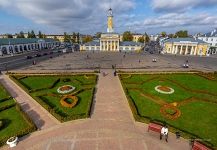 Susaninskaya square, Kostroma
Susaninskaya square, Kostroma
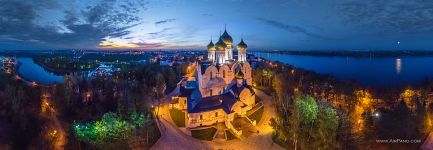 Assumption Cathedral at night, Yaroslavl
Assumption Cathedral at night, Yaroslavl
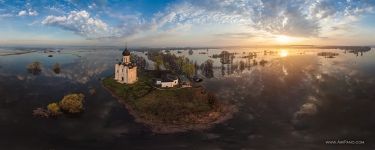 The Church of the Intercession of the Holy Virgin. River Nerl flood
The Church of the Intercession of the Holy Virgin. River Nerl flood
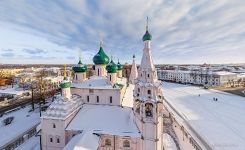 Church of Elijah the Prophet, Yaroslavl
Church of Elijah the Prophet, Yaroslavl
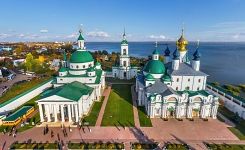 Monastery of St. Jacob Saviour (Spaso-Yakovlevsky), Rostov
Monastery of St. Jacob Saviour (Spaso-Yakovlevsky), Rostov
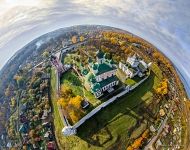 Goritsky Monastery, Pereslavl-Zalessky
Goritsky Monastery, Pereslavl-Zalessky
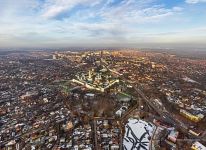 Trinity Lavra of St. Sergius, Sergiyev Posad
Trinity Lavra of St. Sergius, Sergiyev Posad
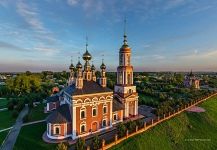 Church of St. Michael the Archangel, Suzdal
Church of St. Michael the Archangel, Suzdal
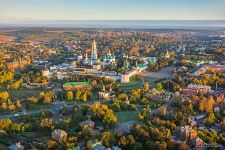 Trinity Lavra of St. Sergius, Sergiyev Posad
Trinity Lavra of St. Sergius, Sergiyev Posad
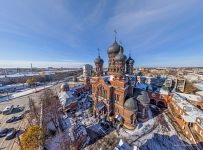 Vvedensky monastery, Ivanovo
Vvedensky monastery, Ivanovo
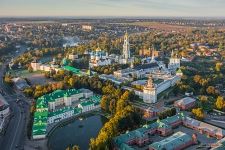 Trinity Lavra of St. Sergius, Sergiyev Posad
Trinity Lavra of St. Sergius, Sergiyev Posad
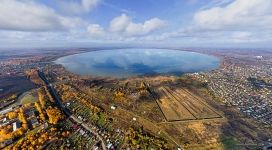 Lake Pleshcheyevo, Pereslavl-Zalessky
Lake Pleshcheyevo, Pereslavl-Zalessky

